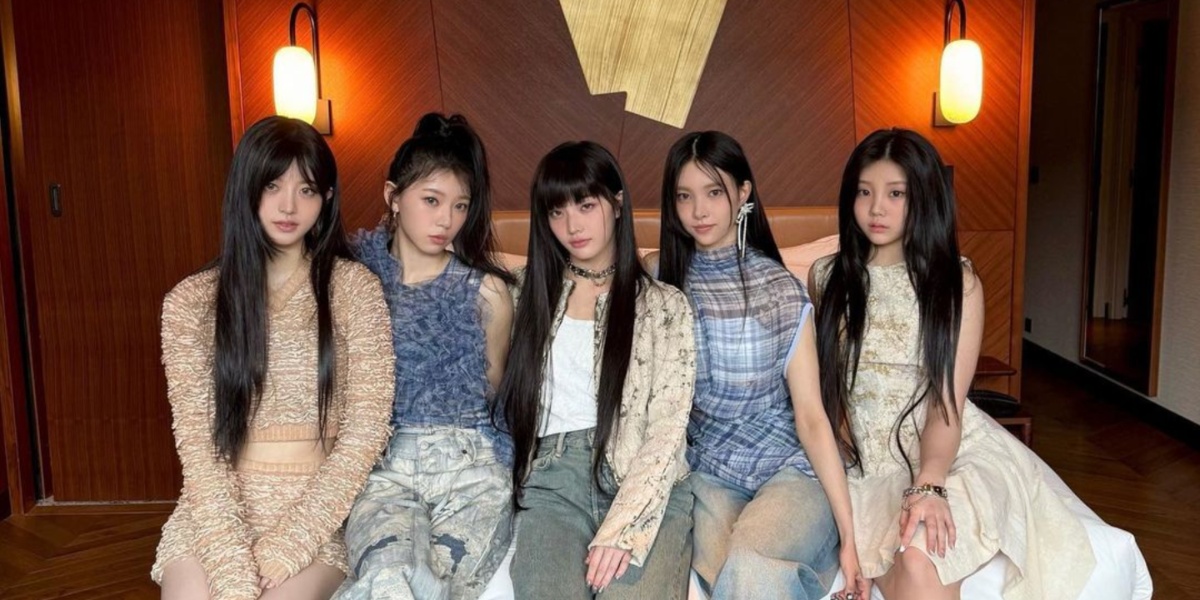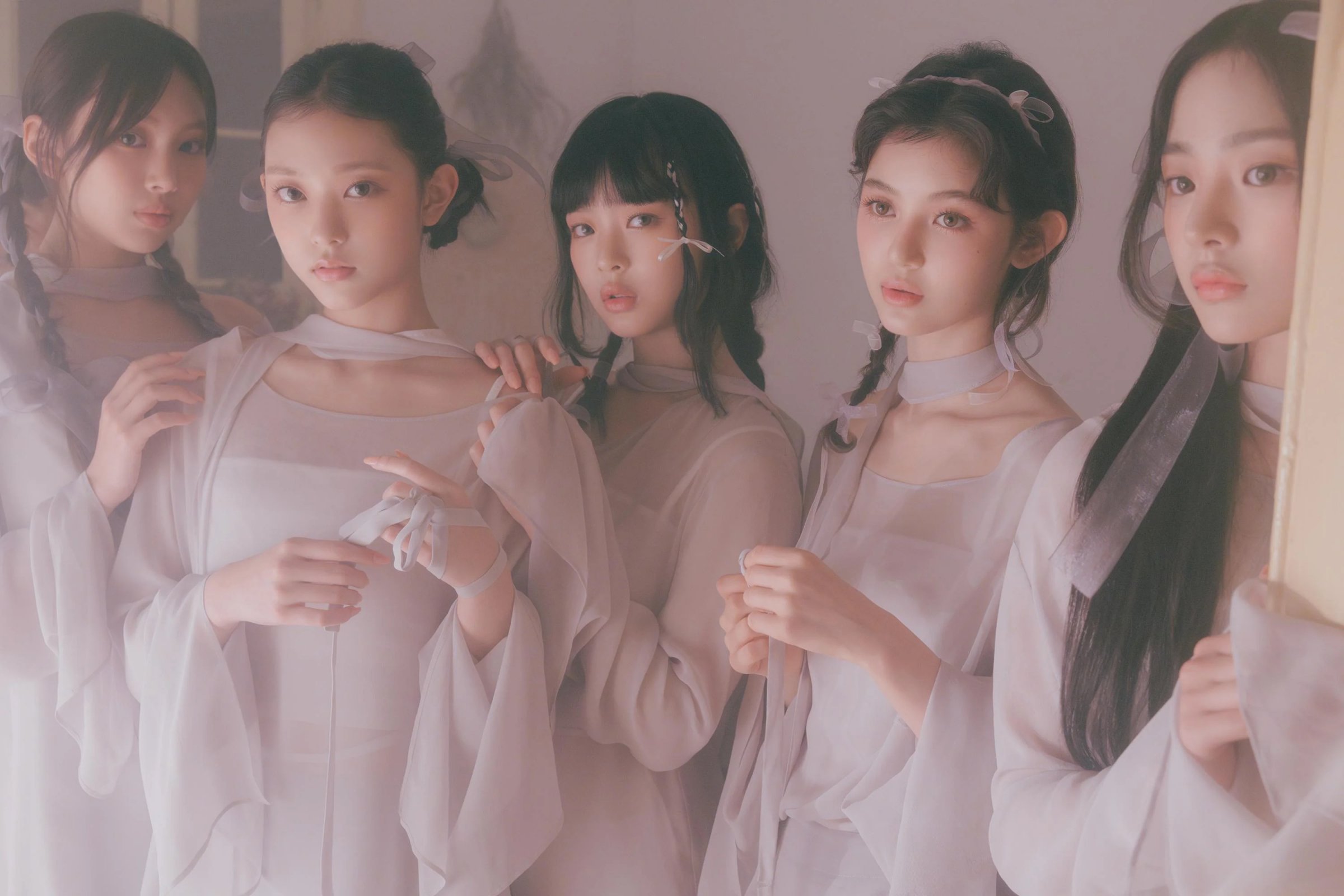The recent debut of ILLIT, a girl group emerging from the survival show “R U Next,” under BELIFT LAB, a subsidiary of HYBE, has stirred discussions about the entertainment company’s tendency to replicate success formulas across its girl groups.
Comprising five members – Minju, Iroha, Wonhee, Moka, and Yunah – ILLIT made their entrance into the music scene with the mini-album “Super Real Me,” featuring the title track “Magnetic.”
However, following ILLIT’s debut, speculations arose regarding HYBE’s repetitive approach to girl group management, notably observed through similarities shared among ILLIT, LE SSERAFIM, and NewJeans, two other girl groups under HYBE’s umbrella.

A striking commonality among these groups is the equal number of members, a detail that, while seemingly incidental, contributes to perceptions of homogeneity in HYBE’s girl group lineup. While NewJeans has maintained its original lineup since its debut, both LE SSERAFIM and ILLIT experienced adjustments due to unforeseen circumstances, raising questions about the stability and consistency of these groups.
Visually, HYBE spares no expense in crafting distinct concepts for its girl groups. LE SSERAFIM projects a strong, independent image, while NewJeans embraces a signature Y2K aesthetic curated by Min Hee-jin. Similarly, ILLIT’s debut garnered attention for its youthful and dreamy image, facilitated by the oversight of a former Vogue Korea creative director.

Another notable trend across HYBE girl groups is the preference for short song durations. While this approach aligns with evolving music consumption habits and platforms like TikTok, concerns arise regarding the potential commodification of K-pop music. Both NewJeans and LE SSERAFIM have released EPs with tracks lasting less than 15 minutes, a trend mirrored in ILLIT’s debut EP, “Super Real Me.”
Just like the similarities in choreography styles across HYBE girl groups have not gone unnoticed by discerning audiences. Observers have drawn parallels between ILLIT’s performances and those of their predecessors, particularly in dance routines reminiscent of NewJeans and LE SSERAFIM.

These observations have prompted discussions among netizens, with many expressing disappointment over HYBE’s perceived “cloning” strategy, which prioritizes familiarity over innovation. While HYBE has undeniably achieved success in cultivating concepts and music, concerns persist regarding the sustainability of its approach in an industry driven by ever-changing trends and audience preferences.
As the landscape of K-pop continues to evolve, HYBE may need to reassess its strategies to ensure the continued relevance and distinctiveness of its girl groups in the competitive music market.




